How Fine Pitch MicroLED Displays Are Transforming Modern Architecture
For Businesses, Architects & Project Consultants Building the Future of Experience-Driven Spaces
As architects and project management consultants (PMCs), you’re tasked with envisioning, planning, and delivering environments that are not just functional—but intelligent, immersive, and enduring.
In recent years, a quiet revolution has been taking place at the intersection of material design and digital technology. Among these, fine pitch MicroLED displays have emerged not merely as visual elements but as architectural components—redefining the very way people interact with space.
This isn’t about screens on walls. This is about a dynamic medium that responds to spatial intent, enhances human experience, and fits seamlessly into the evolving vocabulary of modern design.
Understanding MicroLED Technology in an Architectural Context
Fine pitch MicroLED displays are self-emissive digital canvases composed of microscopic LEDs, each acting as an individual pixel. With pixel pitches often below 2.5mm, they deliver unparalleled resolution, brightness, and contrast—even in sunlit environments or close viewing distances.
What sets them apart for architectural integration is:
- Modularity: They can be configured to any scale or shape—flat, curved, wraparound, or even 3D.
- Seamlessness: With no bezels or visual breaks, they deliver a smooth, continuous surface.
- Adaptability: Unlike traditional display formats, MicroLEDs don’t dictate design—they conform to it.
For those of you shaping the future of built environments, this technology is opening up new design languages—ones that combine form, light, movement, and storytelling.
Where Digital Becomes Architectural
- Integrated, Not Additive
Traditional screens are often treated as mere flat screens—bolted on after the core design is finalized. But MicroLED displays shift that paradigm.
Their thin profile, low heat emission, and fanless operation allow them to be fully embedded into architectural finishes—from stone walls and wood panels to metal columns or glass partitions.
For architects, this means you can now design digital surfaces as part of the original material palette, not in conflict with it. Whether it’s a lobby feature wall, a retail corridor, or a multifunctional conference hall, these displays become a material in motion.
- Storytelling Through Space
In contemporary placemaking, visual identity plays a significant role. Fine pitch MicroLEDs allow spaces to communicate, evolve, and adapt in real-time.
- In a corporate HQ, they become a living brand narrative.
- In a retail flagship, they support campaign-led storytelling and dynamic zoning.
- In hospitality or cultural spaces, they offer immersive welcome experiences, ambient art, or multilingual information flows.
As design professionals, you’re not just shaping structures—you’re shaping experiences. MicroLEDs provide the canvas for those experiences to unfold dynamically.
- Smart, Sustainable, Scalable
Sustainability is core to modern architecture—and MicroLED displays are aligned with that ethos.
- Energy Efficiency: Compared to LCD video walls or projection systems, MicroLEDs consume significantly less power per unit of brightness.
- Longevity: With operational lifespans often exceeding 100,000 hours, they are built for long-term architectural inclusion.
- Minimal Maintenance: Their solid-state design means fewer moving parts and reduced risk of failure, which matters over a building’s lifecycle.
From a PMC’s perspective, this means lower TCO (total cost of ownership), higher uptime, and a reliable product that meets performance KPIs.
- Freedom of Form, Precision of Function
One of the most significant advantages of MicroLEDs for the design and consulting community is creative freedom.
There are no fixed aspect ratios. You can:
- Wrap a 360° digital column around structural cores
- Integrate a strip display across floor levels
- Create a 3D visual sculpture suspended from ceilings
- Or design custom digital ceilings, floors, or corridors
The modularity enables infinite configurations—matched by high refresh rates, true-color rendering, and ultra-wide viewing angles.
The result? A visual layer that performs as beautifully as it looks.
- Digital Placemaking, Real Impact
Today’s public and commercial spaces are becoming canvases for digital placemaking—where visual elements contribute to wayfinding, engagement, and community identity.
Fine pitch MicroLEDs allow you to embed:
- Interactive art installations
- Data-rich dashboards in control rooms
- Wayfinding and information zones in airports or campuses
- Event-driven content walls for multipurpose halls
You’re not adding just a screen—you’re designing interactive environments that can adapt to time, context, and use-case.
For large-scale infrastructure, urban development, or smart city projects, this flexibility supports adaptive reuse and future-proofing.
What This Means for Architects and PMCs
As someone involved in early-stage planning, client recommendation, and project viability, your decisions shape what gets built—and how it performs.
Choosing to integrate MicroLED displays means:
- Delivering on modern user expectations
- Offering clients spatial differentiation and digital readiness
- Enabling high-performance, low-maintenance media infrastructure
- Designing with fewer display constraints and more creative liberty
More importantly, it positions you as a forward-thinking professional—attuned to global design trends, sustainability standards, and experiential innovation.
The Role of the Right Technology Partner
Of course, specifying the display is only part of the process. Just as critical is selecting a trusted display partner—one that understands not only the technology but also the architectural process, integration workflows, and client priorities.
At AET Displays, we believe in collaborating early with architects and PMCs—not just to deliver a product, but to support your design intent, meet timelines, and ensure long-term performance.
Whether it’s advising on technical drawings, managing installation challenges, or curating content frameworks—we work as an extension of your team, not just a vendor on the side.
Design the Experience. Define the Future.
The next decade of architecture is not about more screens—it’s about smarter, seamless, spatial storytelling.
Fine pitch MicroLED displays are a tool for that. But their true potential lies in the hands of visionaries like you—who can see beyond the format and into the future of experience.
So whether you’re shaping the next iconic airport, rethinking corporate campuses, or crafting hospitality spaces that inspire—think of MicroLED not as tech, but as a material of the digital age.
Because when design meets light, and structure meets story, AET Displays create spaces people don’t just use—they remember.






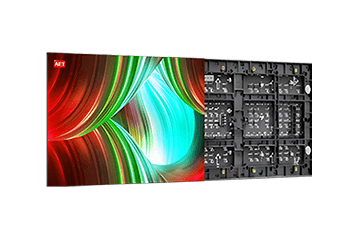
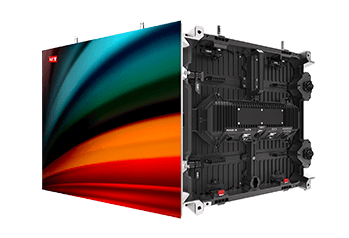

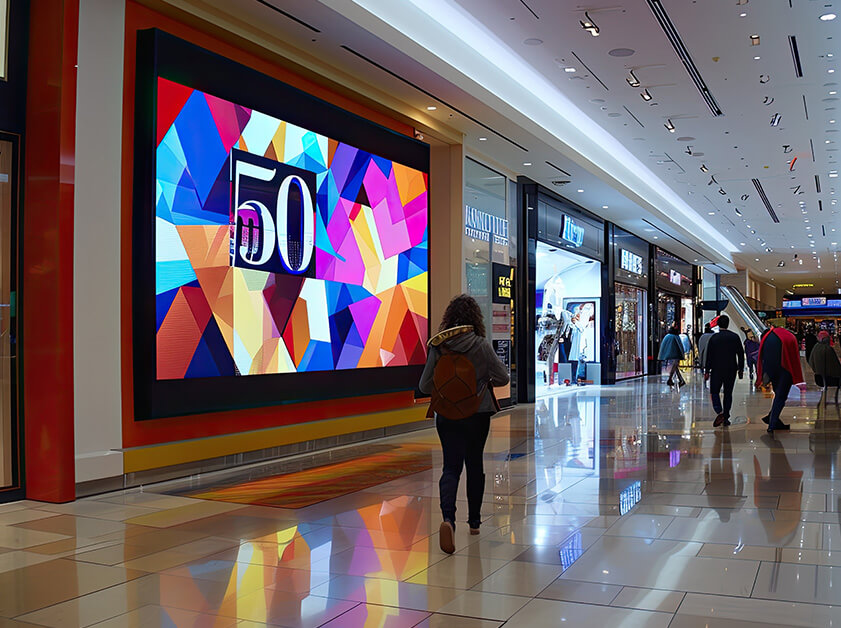
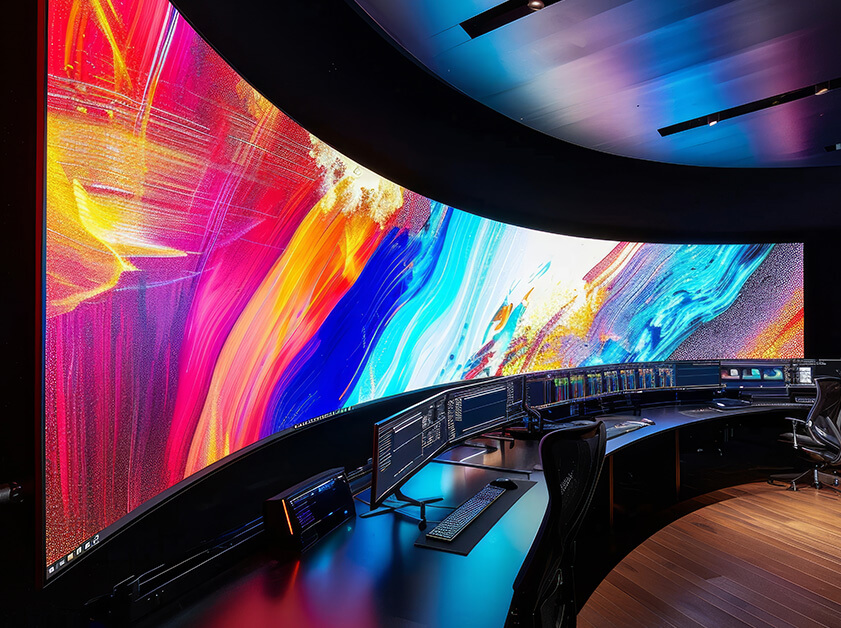

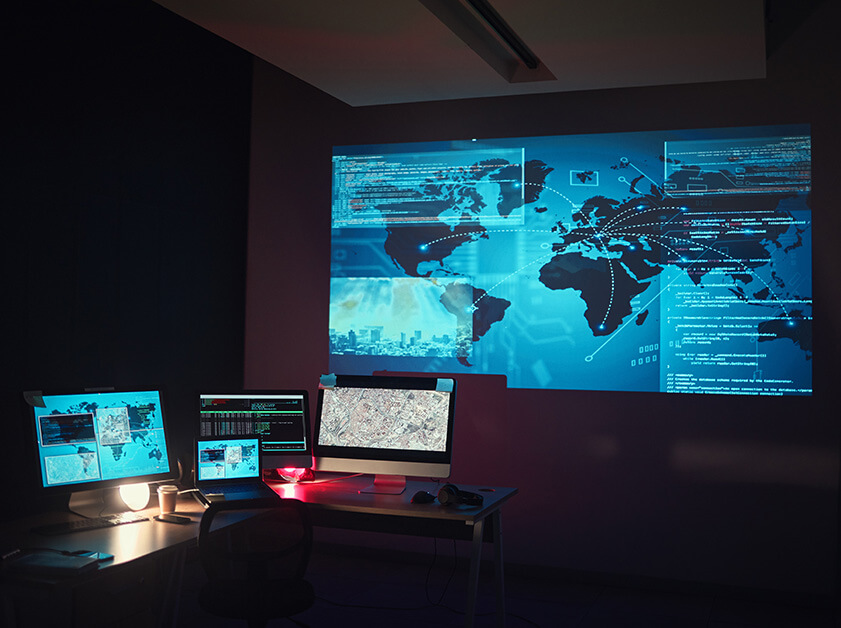

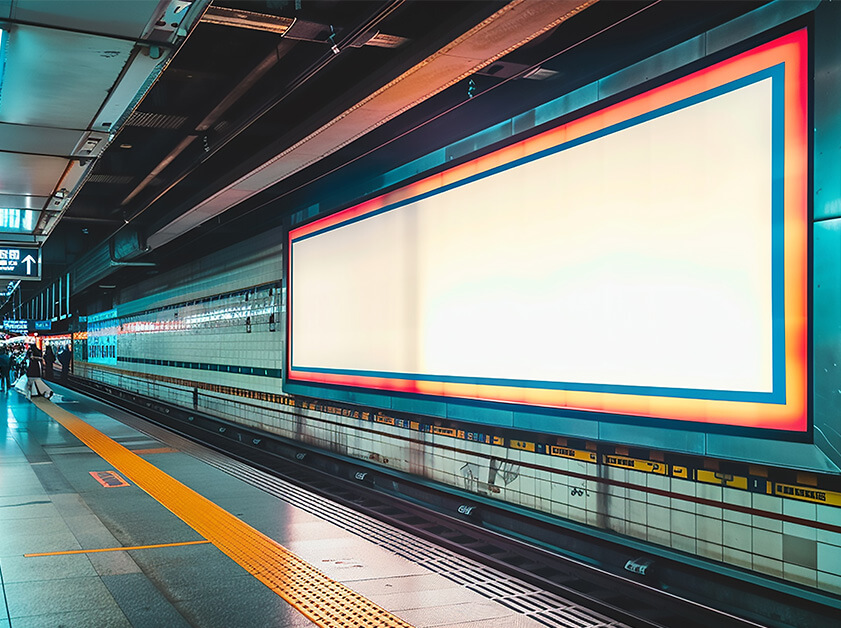
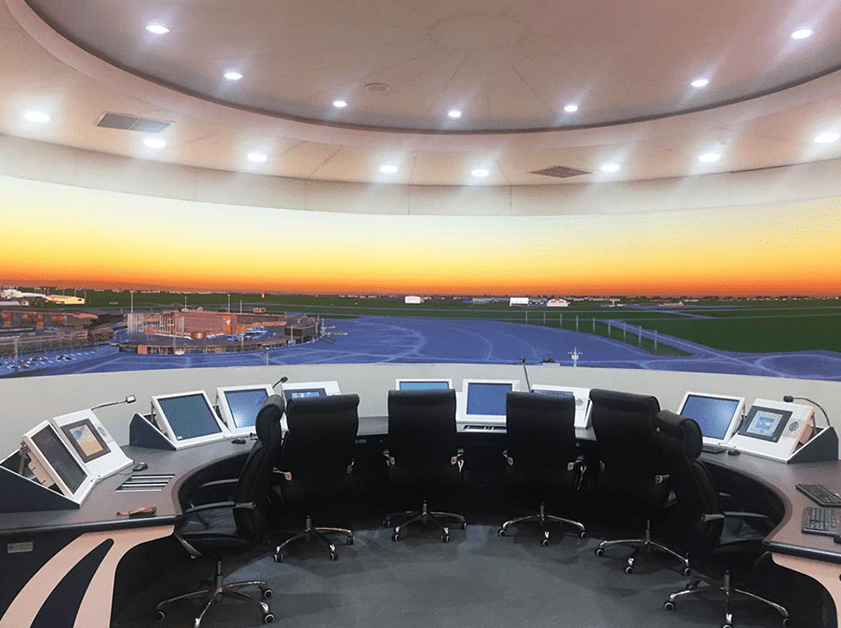
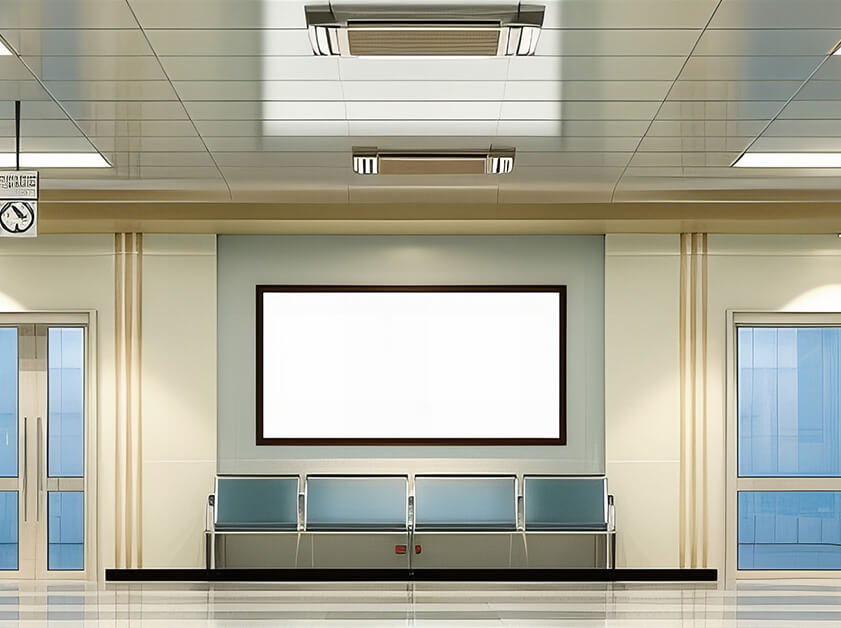
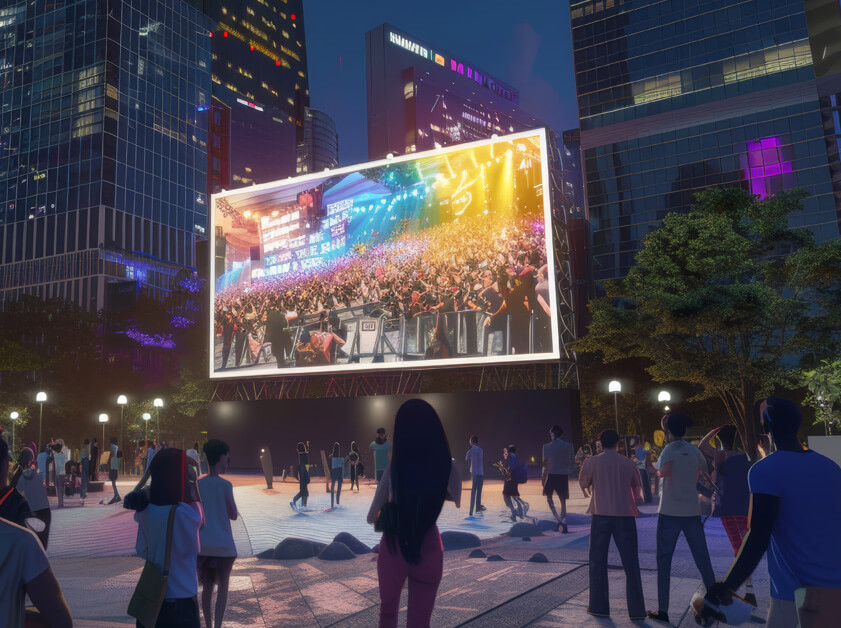
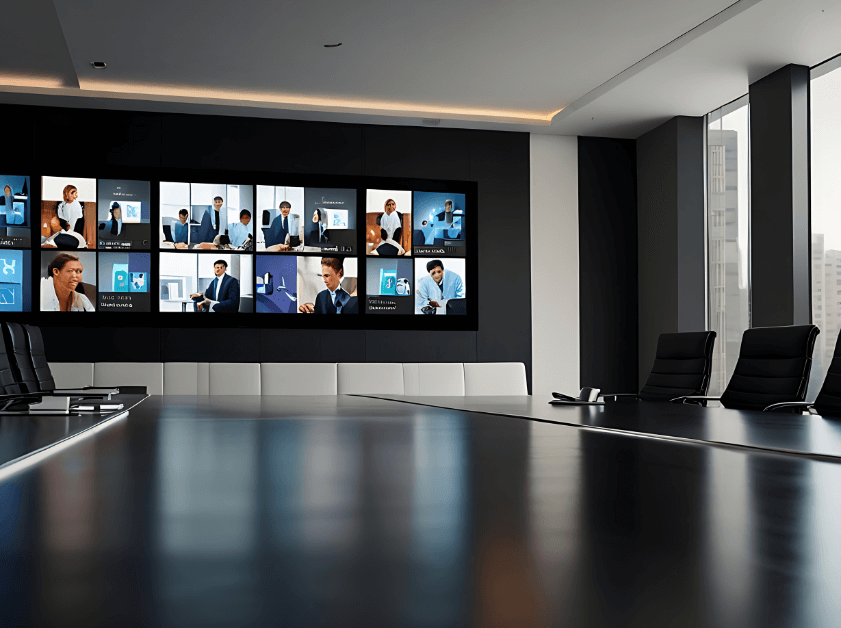
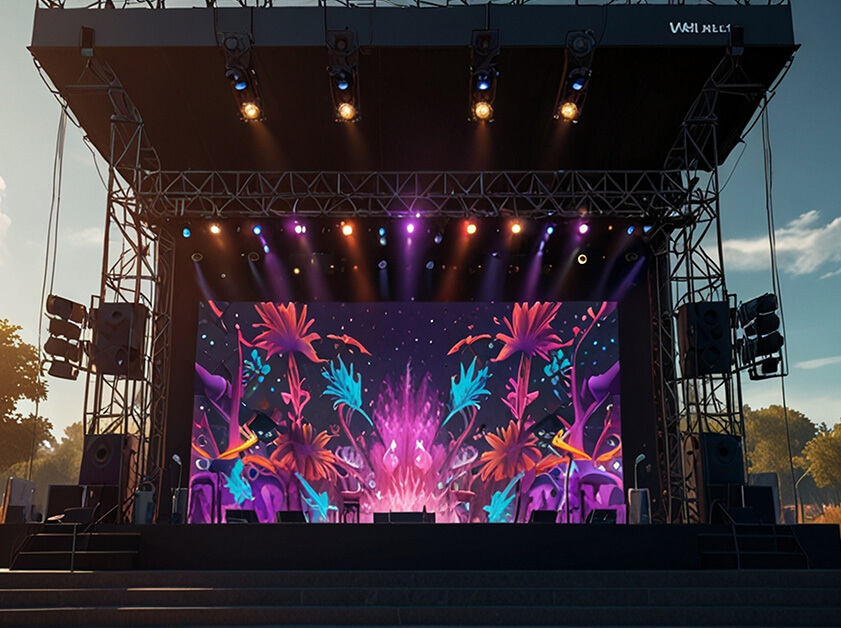













0 Comments